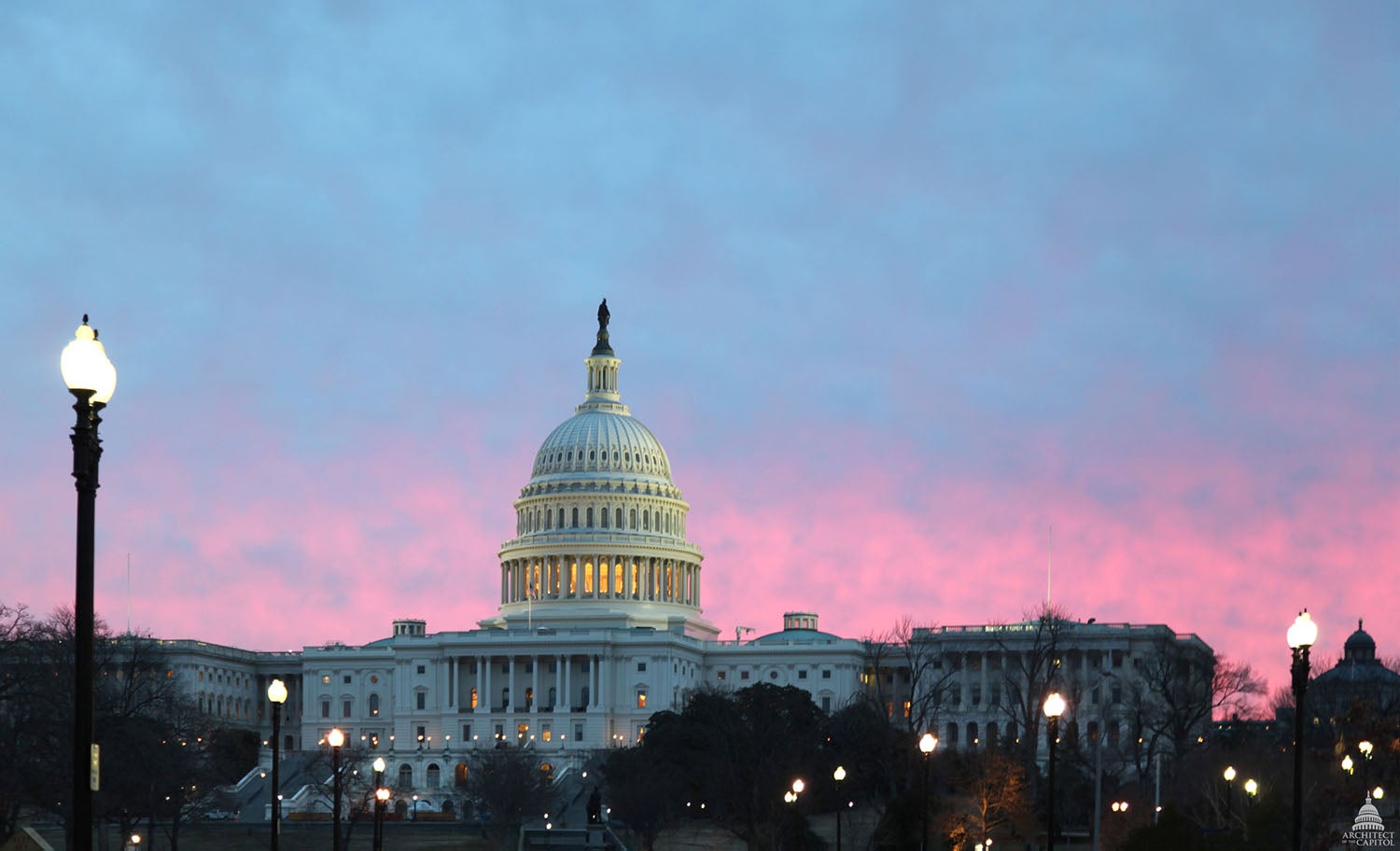FY17 Appropriations Finally in the Books
FY17 Appropriations Finally in the Books

With no time to spare before a partial government shutdown, Congress passed a $1.07 trillion fiscal 2017 omnibus spending bill. On May 5, seven months overdue, President Trump signed the measure into law.
The bill, which funds the government through the end of September, provides the Defense Department with $593 billion, a $19.9 billion increase over fiscal 2016 levels. Another $2.5 billion could be provided once the Trump Administration presents Congress with its strategy to defeat ISIS.
The agreement fully funds pay and benefits for 1,305,900 active component and 813,200 reserve component troops, a total end strength increase of 36,000 military personnel over the budget request.
The measure also pays for a 2.1 percent pay raise as well as $48.2 billion for Army operations and maintenance.
The Defense Health Program will receive $34 billion. This amount includes an additional $1.4 billion for Defense medical research efforts, a 6.9 percent increase over last year’s bill, including $300 million for the competitively awarded peer-reviewed medical research program and $265 million for the Department to advance its own medical research priorities.
In response to a recommendation made by the National Commission on the Future of the Army, the spending bill funds an 11th Combat Aviation Brigade in South Korea.
Hardware
The spending bill includes funds for:
- 52 remanufactured AH-64 Apache helicopters ($774 million), $262 million for seven new Apaches, and $72 million to support advanced procurement needs for an additional 10 aircraft.
- 28 new Lakota helicopters to support ongoing mission requirements at the Army Aviation Center of Excellence at Fort Rucker, the Combat Training Centers, and the Army Test and Evaluation Center.
- 15 Black Hawks for the National Guard and five for the Regular Army for an additional $340 million.
- Javelin anti-tank missiles. The spending bill provides $31 million in more funding for the weapon as well as $73.2 million in the supplemental budget.
- M1 Abrams Tank modifications ($16.3 million).
- Stinger modifications ($6.6 million) and $2.4 million in Avenger modifications.
Our 2 cents
Despite Congress’ self-congratulations over passage of the bipartisan measure, the fact remains that it was seven months late. Instead of concentrating on fiscal 2017 spending bills, Congress should have been focused on fiscal 2018 appropriations.
In a hearing before the House Armed Services Committee, Army Chief of Staff Gen. Mark Milley told lawmakers that the "failure to pass the budget, in my view as an American citizen and the chief of staff of the United States Army, constitutes professional malpractice.”
Milley’s words echoed AUSA President and CEO, Gen. Carter Ham, USA, Ret., who wrote in a recent Washington Times Op-Ed, that “the single most effective measure to enhance military readiness” would be for Congress and the Administration to “restore adequate, stable, predictable levels of funding for the Army and all of the military services.”
Ham also said that “leadership is needed to provide budgetary stability by stopping the unfortunate and disruptive practice of beginning each new fiscal year under emergency funding. Temporary funding provided through a continuing resolution precludes the start of new projects, wreaks havoc with responsible budget execution and sows uncertainty in the ranks.”
With only five months until the new fiscal year starts, Congress has no consensus on overall spending levels, no budget resolution written, no complete White House budget request submitted, no spending bills drafted and a month- long August recess. This likely means that the new fiscal year will once again start under a stop-gap spending measure.
One senior appropriator recently told a reporter, “We’ve got plenty of time.” We wish we shared his optimism.

